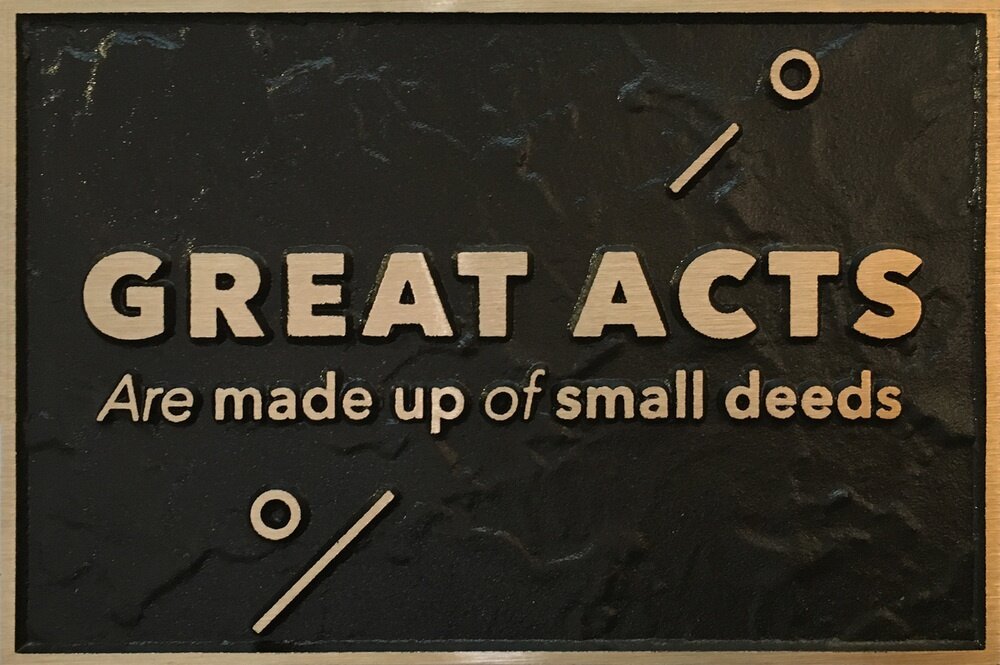In addition to custom bronze plaques, Masterwork Plaques can create a variety of armed service medallions, military insignias, service crests, badges and veteran memorials from existing military artwork and logos. These metal military seals can be created from any of the materials we offer, from cast bronze and cast aluminum, to etched bronze, aluminum, stainless steel, brass and zinc. Each metal offers its own function and unique qualities. Bronze and brass typically are considered more traditional looking metals whereas stainless steel, aluminum and zinc give the armed service plaque a contemporary feel.
MILITARY SEALS & CRESTS
BAS-RELIEF MILITARY SEALS
Military seals are most traditionally created using a cast bronze, bas-relief technique. This armed service seal style includes prismatic, hand-carved emblems and surrounding raised text with customized border. We have a variety of existing bas-relief patterns for military seals in stock at our studio. If another version of the military crest is requested, our studio clay-artists can hand-carve a new pattern to recreate the specific armed service seal to our client’s specific needs.
Our in-stock patterns include:
U.S. Army plaques
Department of the Navy plaques
Department of the Air Force plaques
U.S. Marine Corps plaques
U.S. Coast Guard plaques
Etched or Cast Military Plaques
Bas-Relief and Flat Relief military plaques
ETCHED MILITARY SEALS
As a cost-effective alternative to cast bronze bas-relief medallions, we also offer “etched” military seals. Etched plaques and medallions are lighter in weight and offer a more contemporary look. Rather than including dimensional elements, these emblems are created graphically, with simple raised and recessed areas. Graphic military seals give each plaque an illustrated and sleek design.
FULL-COLOR MILITARY SEALS
Another alternative we offer is the recreation of full color logos and seals on metal military plaques. This process is best used for interior applications. Using your high-quality photograph, we can create a full-color, printed metal replication of the logo or military crest of your choice. This process is not created by digitally printing onto laminate or plastic; instead, it seals various dyes into anodized aluminum for a long-lasting, quality product.
VETERAN MEMORIALS / MILITARY BASE PLAQUES
Masterwork Plaques specializes in the creation of Veteran memorials and custom military base plaques. Tributes to veterans can consist of cast bronze nameplates, commemorative plaques, illustrated bas-relief carvings, photo-portraits, etc. Veteran recognition plaques can be installed on a wall, at a memorial site, inset into custom plinths or be given as gifts to deserving service members. Masterwork Plaques provides design assistance and the necessary hardware for all these installations.
Our studio has experience creating large-scale medallions for the entrances of various military bases and training facilities, as an alternative to plastic or glass signage. Our custom circular medallions can be inset into the paving, on a wall, or the entrance lobby of your building to include a military base logo, armed forces seal, or other artwork. Masterwork Plaques past clients include: The West Point Military Academy, The F.B.I., NASA Washington DC, US Department of State, The Los Angeles Police Department, The Los Angeles Fire Department, The Dallas Police Department, The City of New York and more.
For more information on government and military insignias, contact us at masterworkplaques@gmail.com.











































